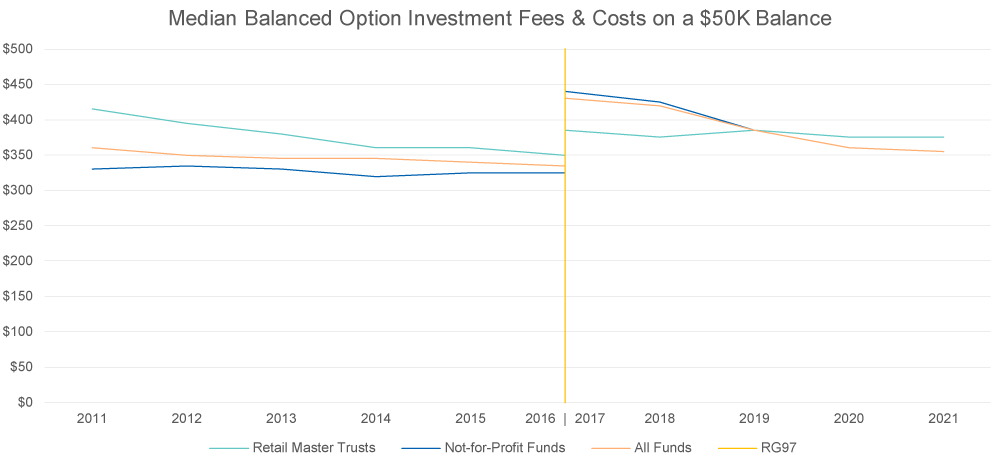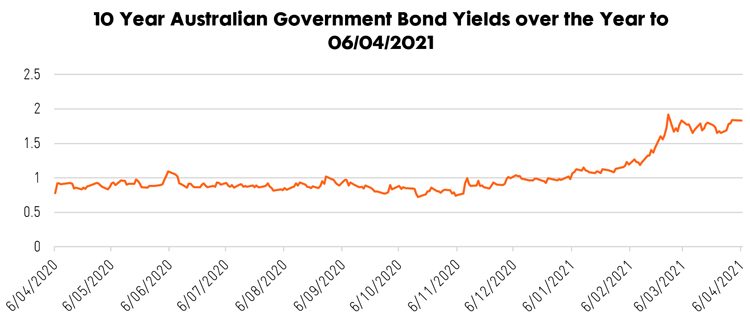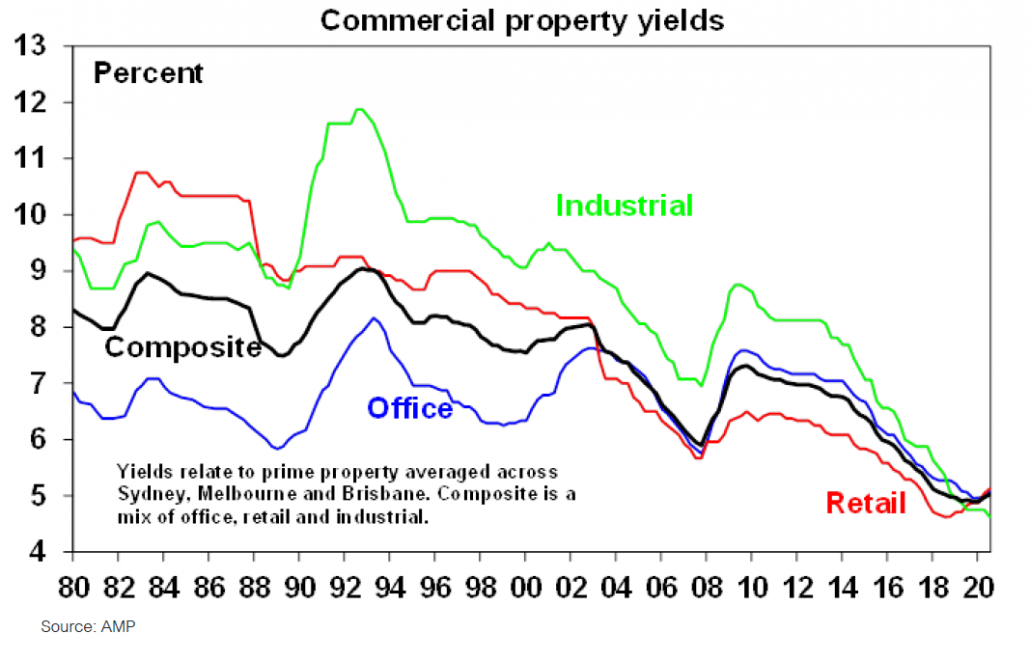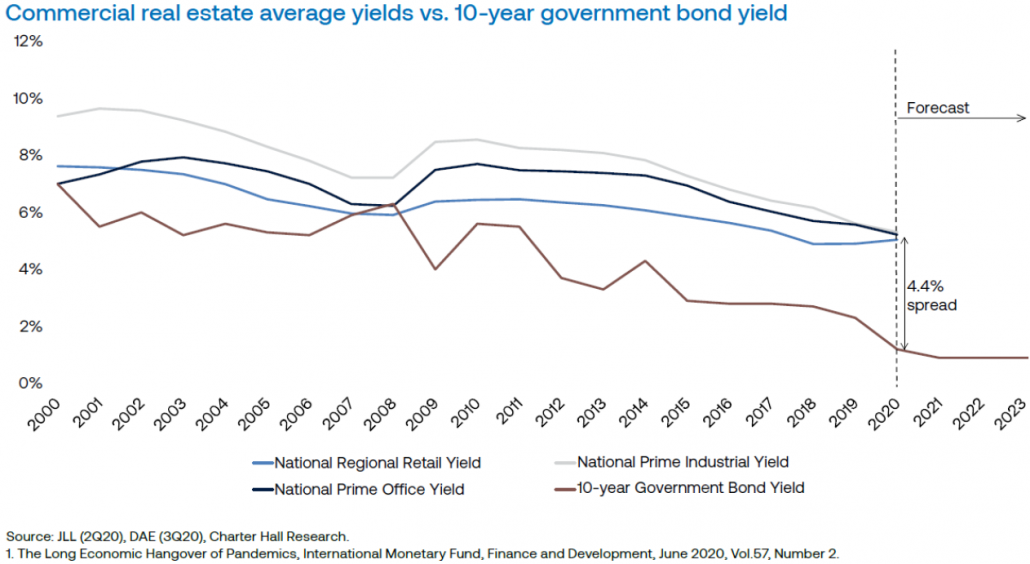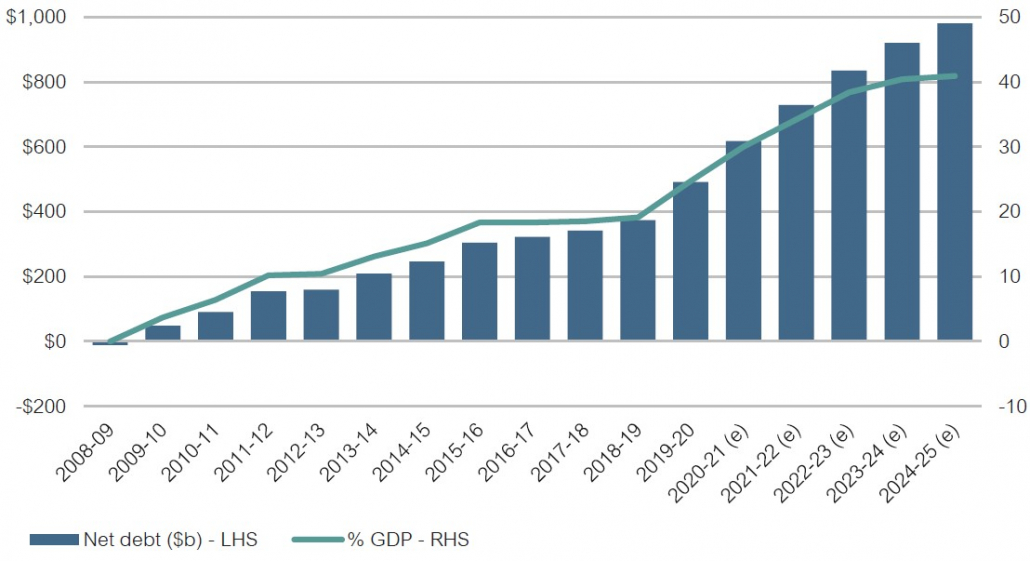In 2020 Lonsec introduced ESG assessment scores for all its managed fund reviews. More than just a simple style classification, Lonsec reviews the actual implementation of ESG through the investment process and incorporates that assessment as one of the factors that determine a fund’s final investment rating. Now well into the second year of our enhanced review process we have noticed some clear actions by managers over the last twelve months to improve their overall ESG implementation.
The most immediately obvious change, year over year, has been an increase in the public provision of ESG policies by managers and a clear improved trend in reporting on proxy voting and engagement. Importantly, though, ESG policies are improving in quality, clarity and commitment. Lonsec favours policies with clear ESG objectives and beliefs, and board or CEO signoff and buy-in. Lonsec is pleased to note an overall improvement in proxy voting policies, with more of them referencing ESG as important considerations and leading policies clearly stating how a manager might be expected to address and vote on particular issues.
Unfortunately, there remains a clear gap, however, between voting expectations and actual outcomes. Lonsec is concerned that actual voting decisions, particularly for ESG and Sustainability labelled funds, might not align with the expectations of fund investors, particularly with respect to environmental, Paris agreement based and diversity issues. For this reason, Lonsec places a high level of importance on clear, reporting of voting decisions, with leading fund managers providing clear rationales for why they have voted in a particular way. This is especially important where client expectations are likely to be aligned a to a certain perspective, given the type of fund invested in. There have been a few clear leaders in this respect with some delivering improved functionality and transparency of voting intentions and rationales for contentious decisions, published prior to the AGM’s and votes being lodged. Lonsec sees this as a is a very positive move and would encourage its widespread adoption.
Engagement is also a key ESG implementation approach where managers have improved their overall policies and reporting. Assessment of engagement activities by Lonsec however, remain difficult. As most managers prefer to engage “behind closed doors”, a thorough review of the passion, commitment and position being taken by managers is difficult to assess. Disappointingly a recent interview with Man Group CEO indicated that many of his largest institutional shareholders, who claim engagement as a key plank of their stewardship activities, don’t actually engage on key issues like remuneration policies, even when his company tries to engage with them! For this reason, Lonsec’s process looks for the manager to deliver clear proof points where strong engagement is claimed.
These broad improvements have meant that, overall, managers are scoring higher than they were a year ago on Lonsec’s proprietary scoring models. As a result, the “the bar is being lifted” and managers who’s ESG approach is static are likely to slip in our relative rankings.
Lonsec does note, however, that there is still considerable room for improvement by many managers on the transparent integration of ESG into their investment processes. While an increasing number of managers are utilising external ESG ratings and data, or proving their own ESG research, there remains room for improvement in articulating how said research actually impacts investment decisions. Overall ESG risk measurement at the portfolio level and clear feedback loops to portfolio decisions are largely missing from most managers processes.
Lonsec is also keen for managers to be more transparent about the nature of their ESG styles and how that might impact security selection. There is a wide variety of approaches to ESG integration, not all of which naturally align with broad investor expectations. Lonsec would welcome simpler descriptions of the ESG approach being adopted rather than the common, more generic, “ESG is integrated into our research/investment process” with an explanation of how this actually works.
All in all, Lonsec is pleased to report improving policy and reporting transparency from managers and is looking for continued improvements on investment process descriptions and robustness.
Author: Tony Adams
Issued by Lonsec Research Pty Ltd ABN 11 151 658 561 AFSL 421 445 (Lonsec). Warning: Past performance is not a reliable indicator of future performance. Any advice is General Advice without considering the objectives, financial situation and needs of any person. Before making a decision read the PDS and consider your financial circumstances or seek personal advice. Disclaimer: Lonsec gives no warranty of accuracy or completeness of information in this document, which is compiled from information from public and third-party sources. Opinions are reasonably held by Lonsec at compilation. Lonsec assumes no obligation to update this document after publication. Except for liability which can’t be excluded, Lonsec, its directors, officers, employees and agents disclaim all liability for any error, inaccuracy, misstatement or omission, or any loss suffered through relying on the document or any information. ©2021 Lonsec. All rights reserved. This report may also contain third party material that is subject to copyright. To the extent that copyright subsists in a third party it remains with the original owner and permission may be required to reuse the material. Any unauthorised reproduction of this information is prohibited.







